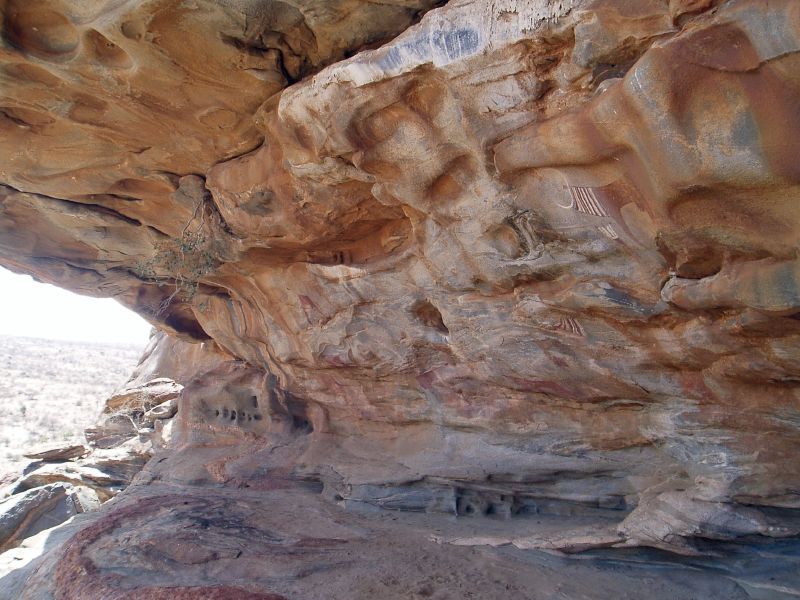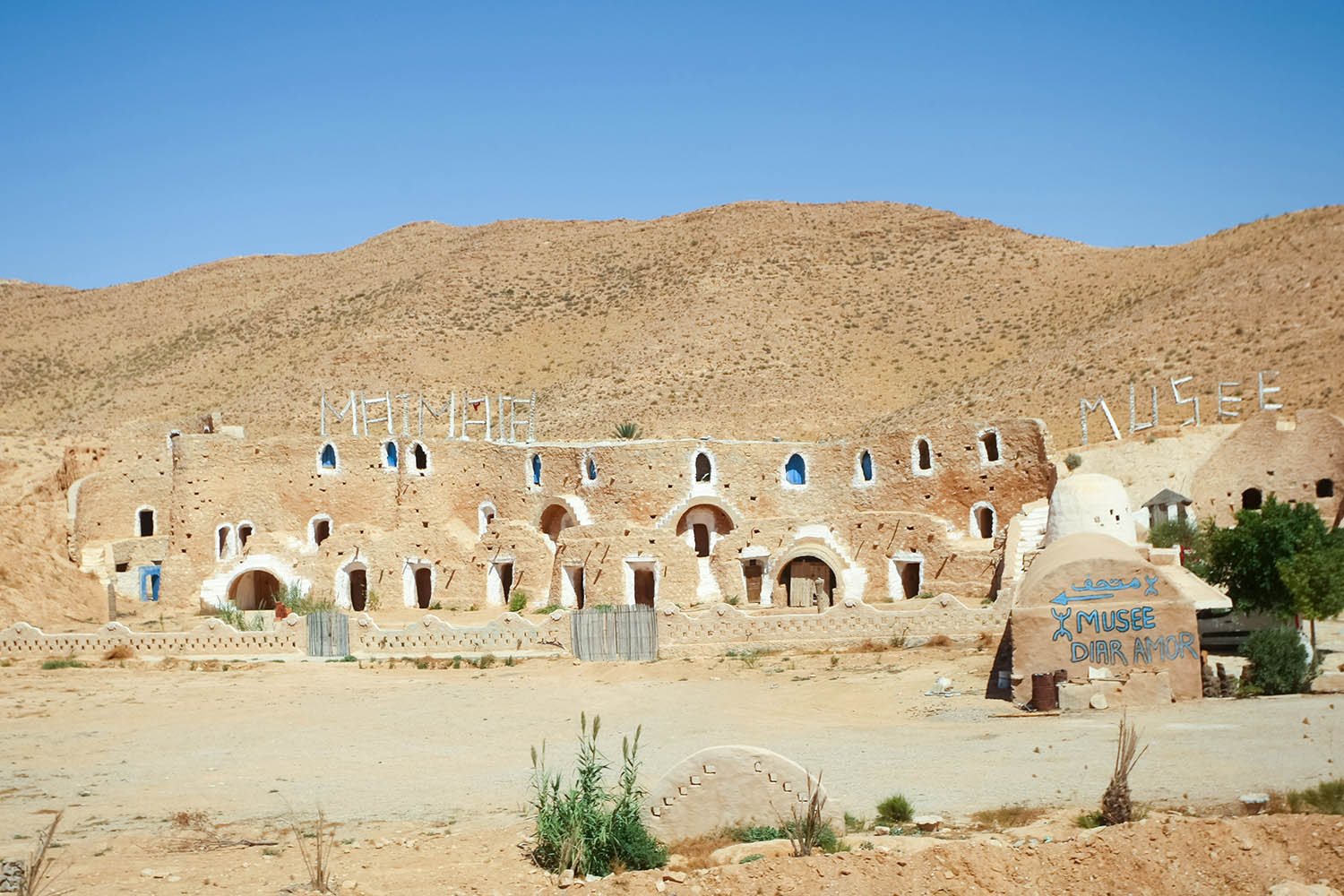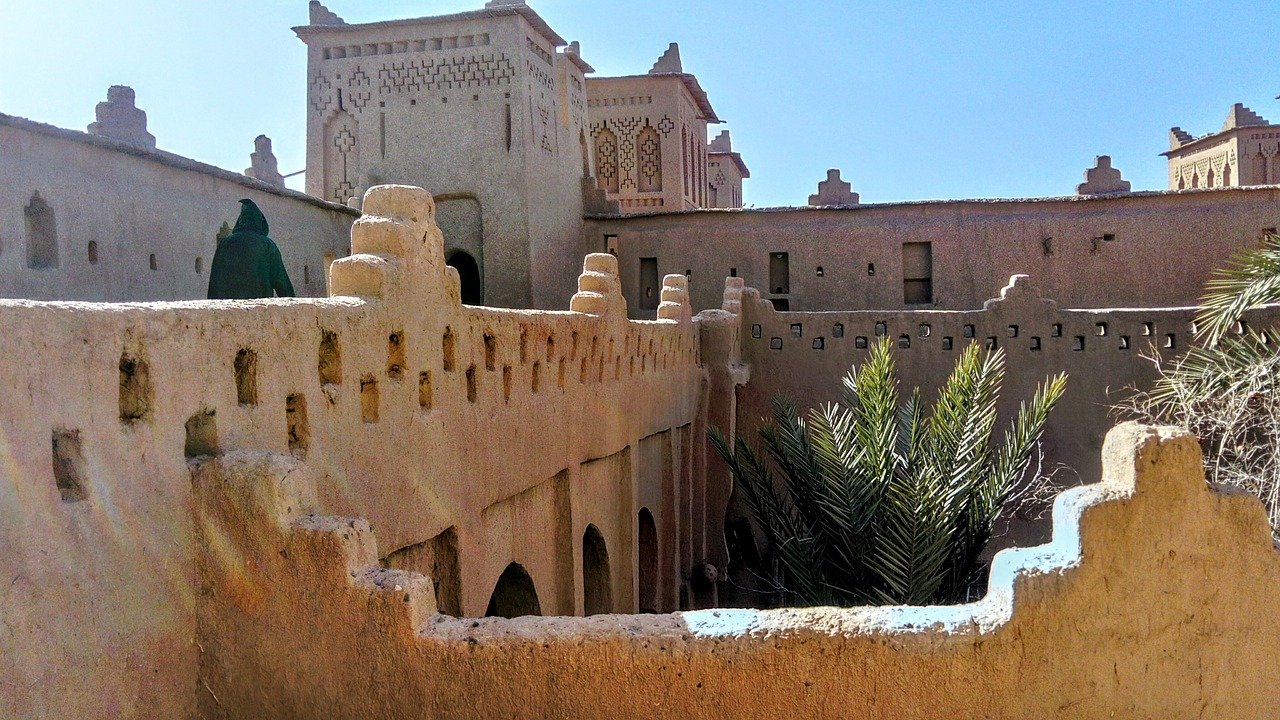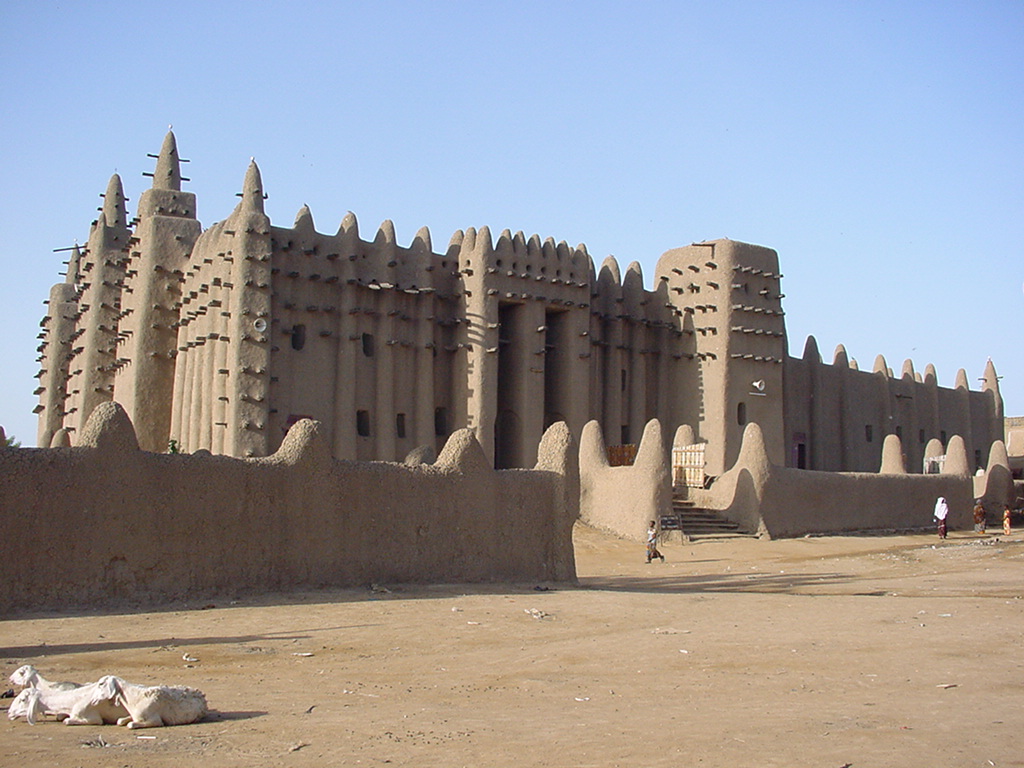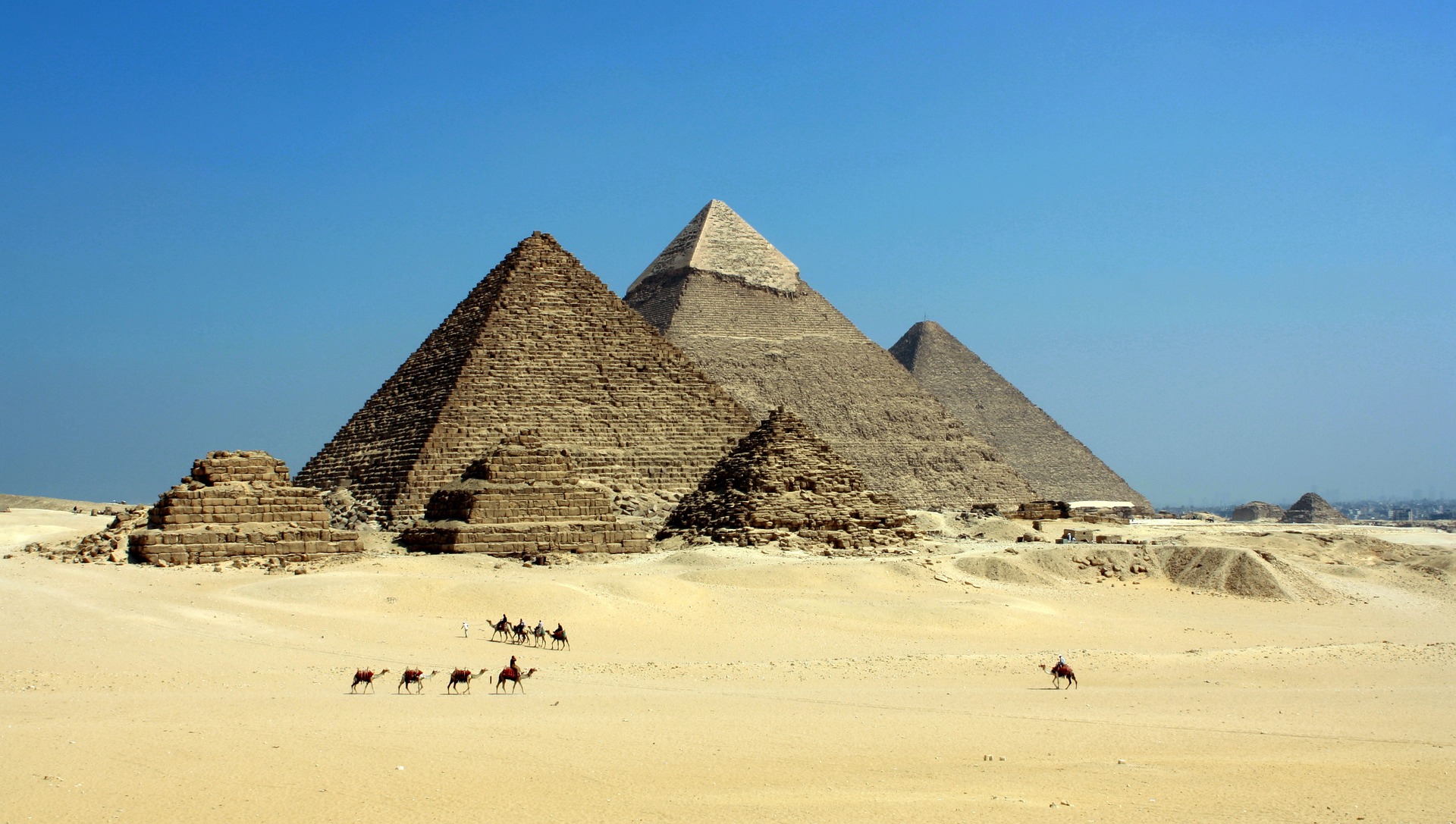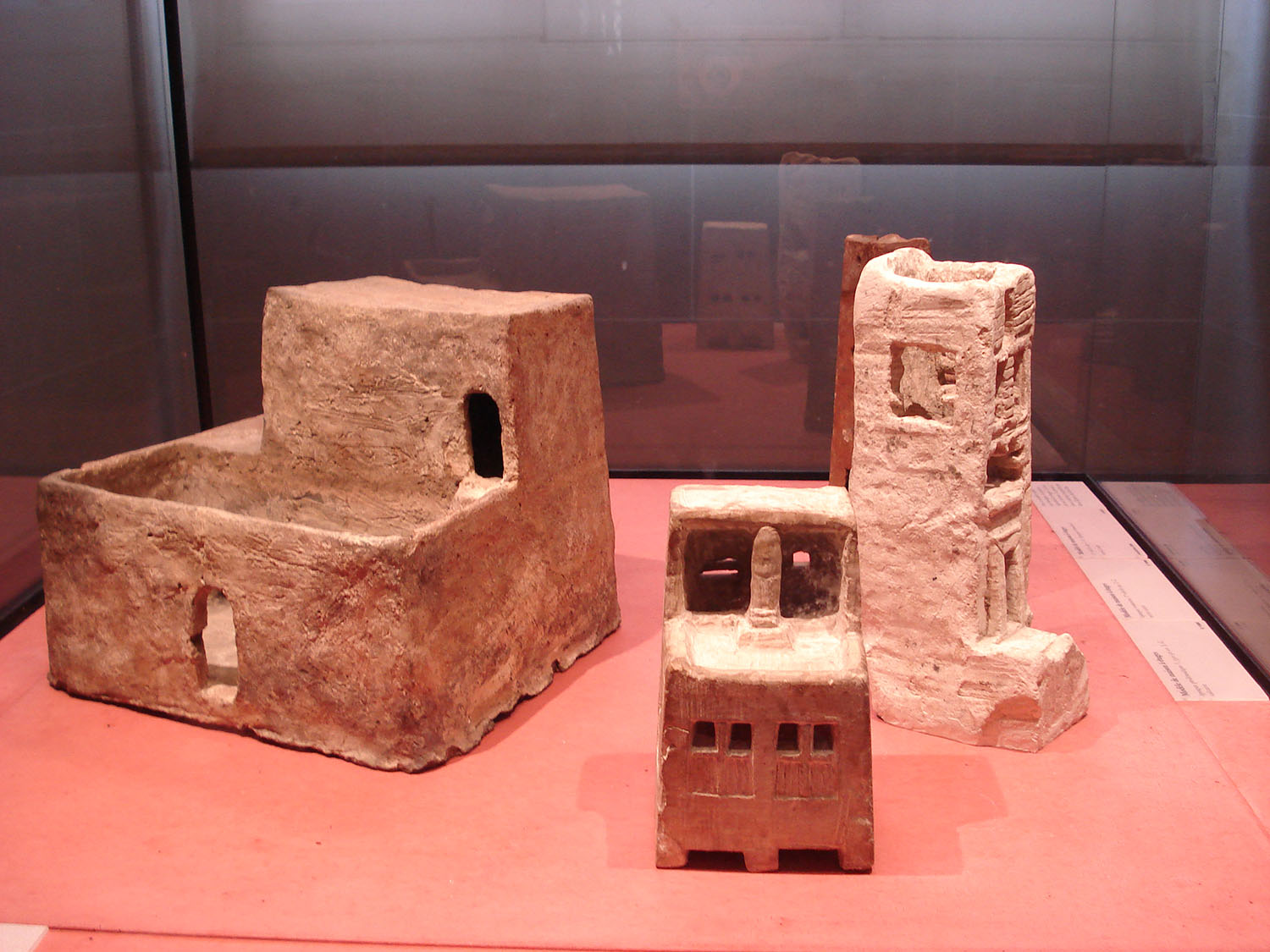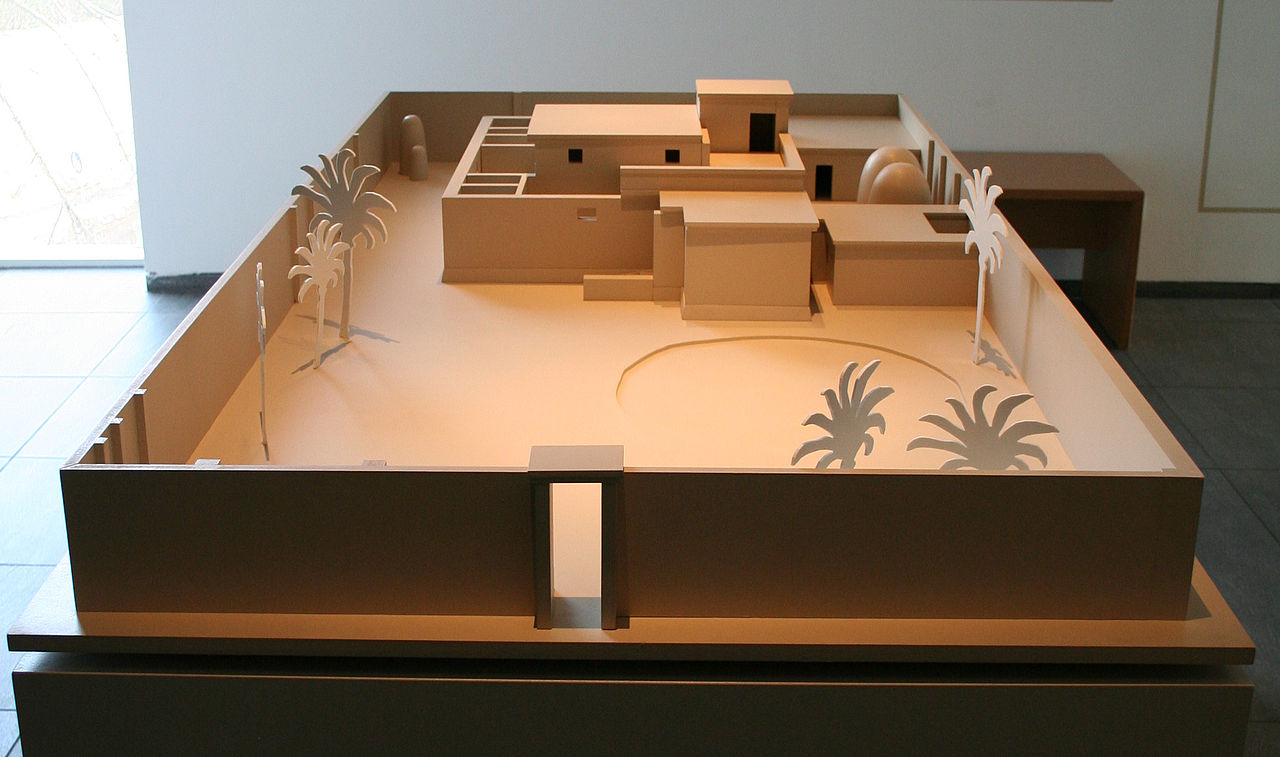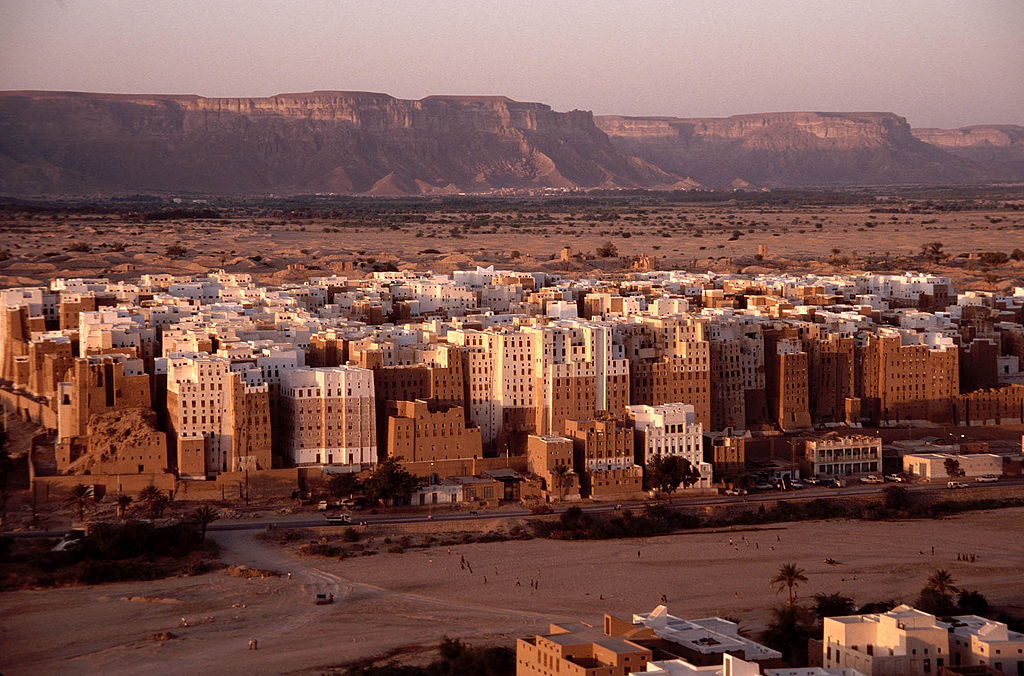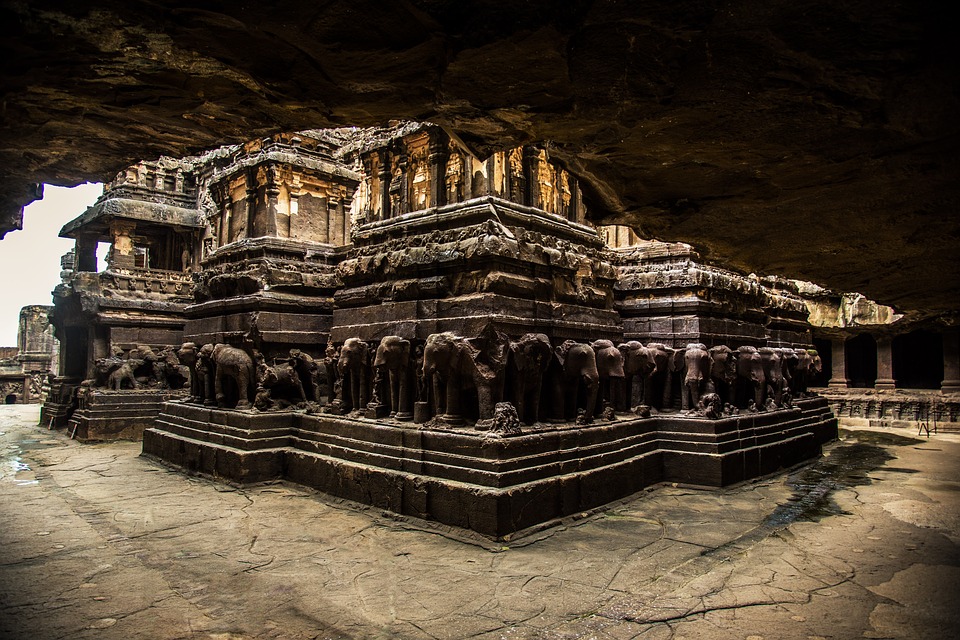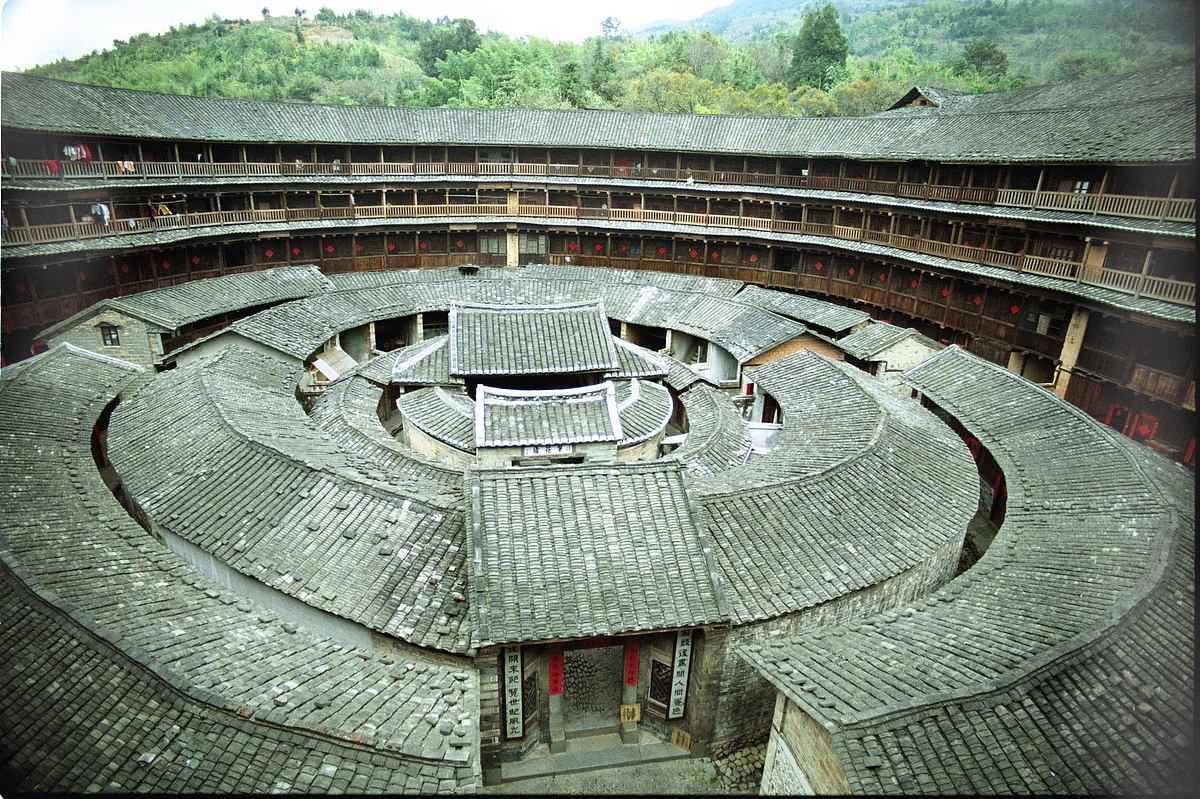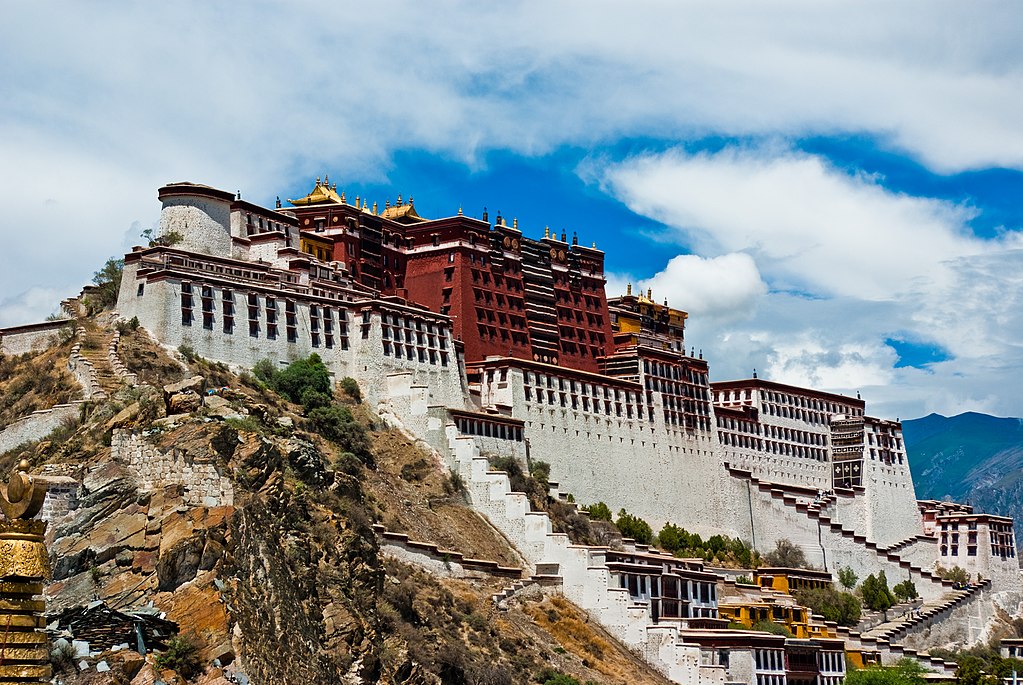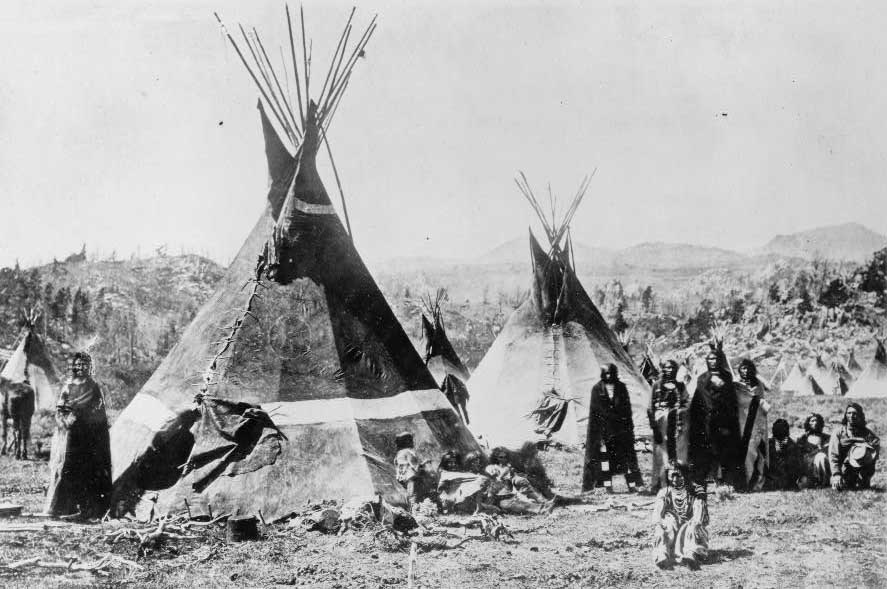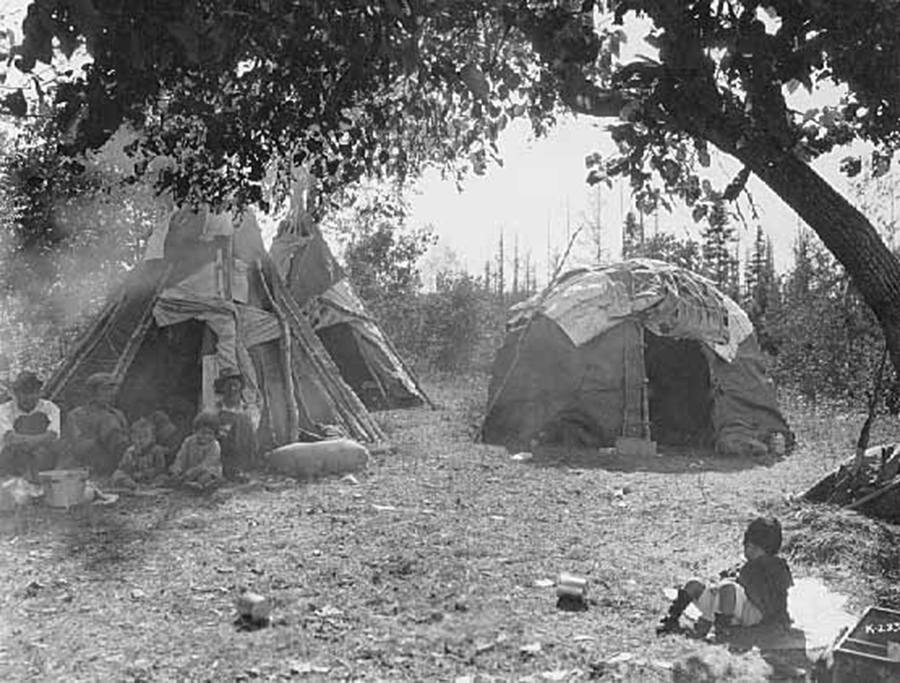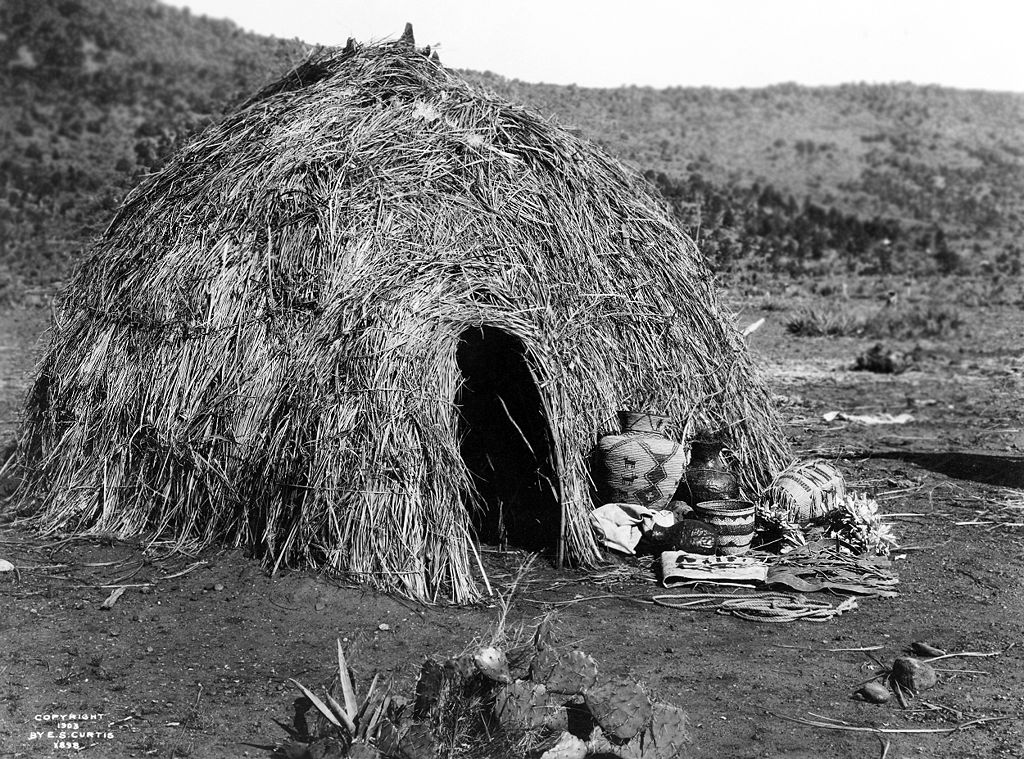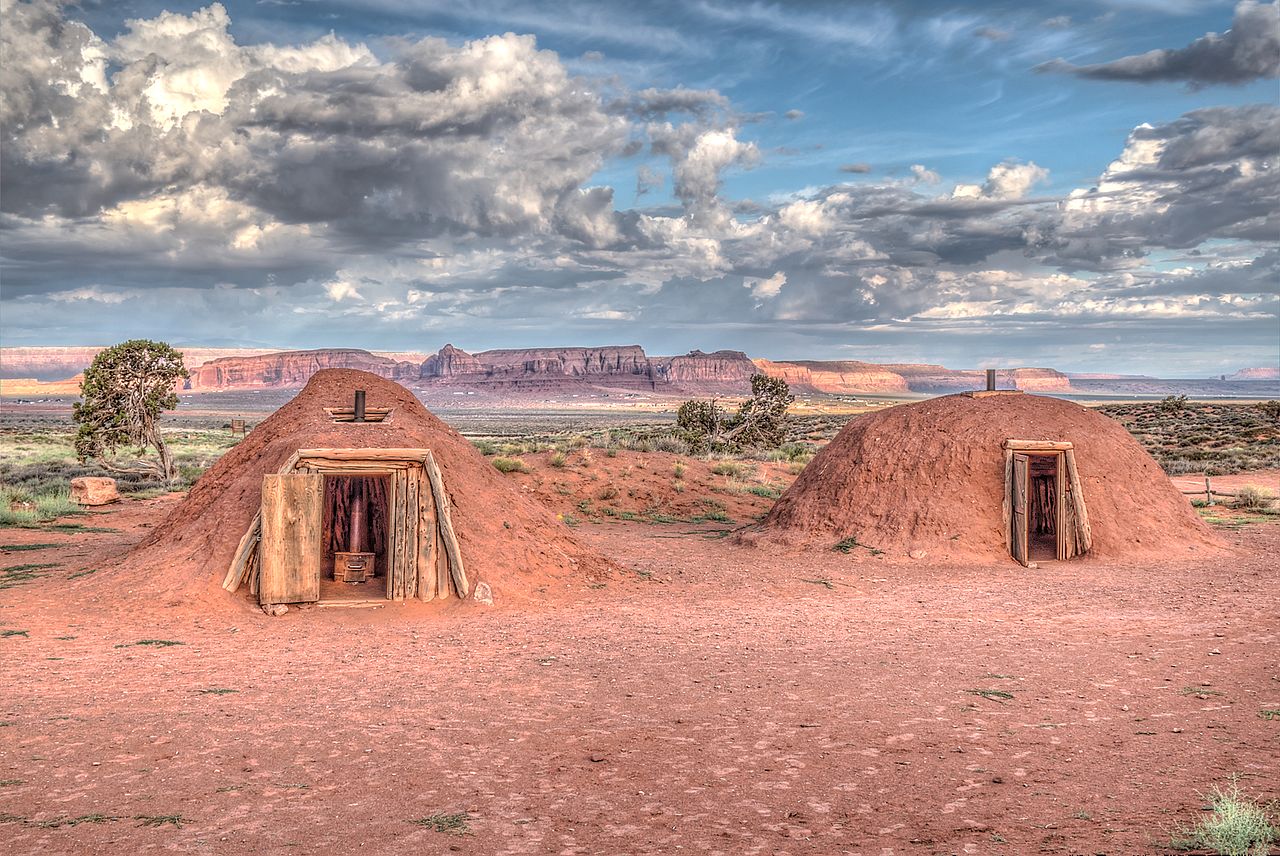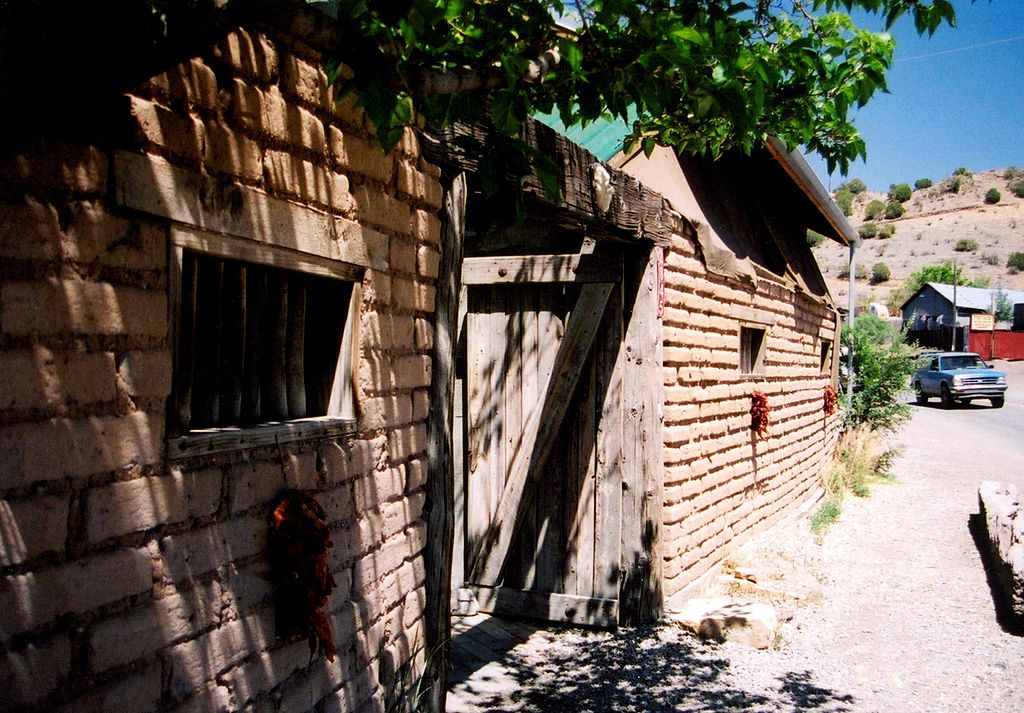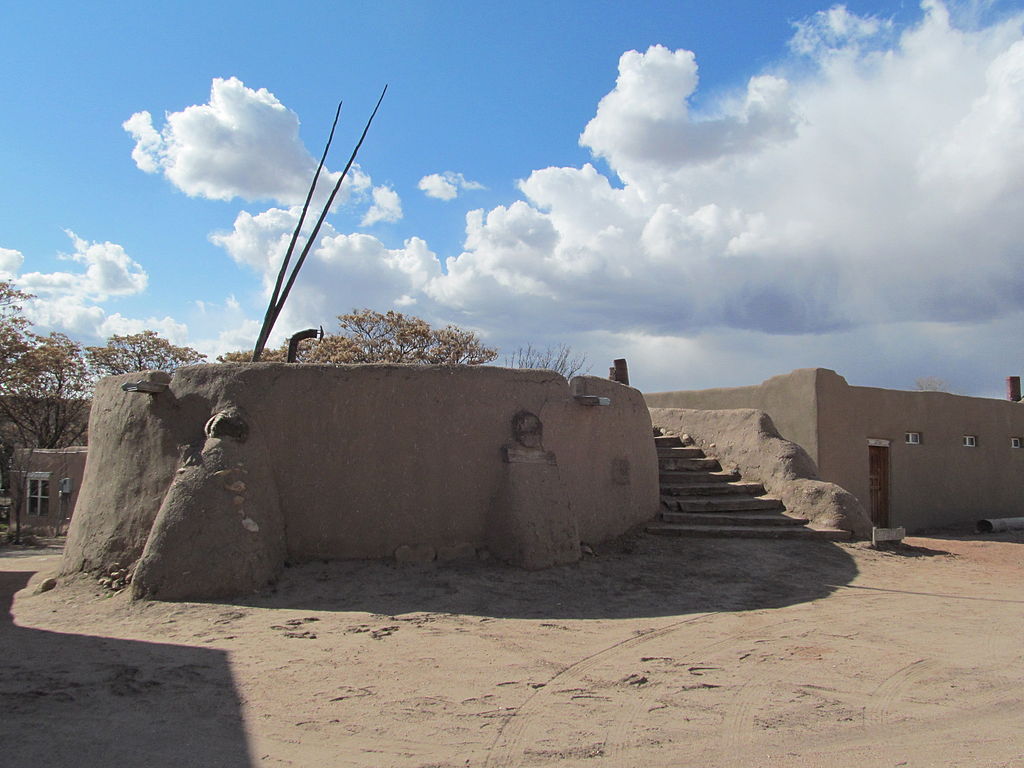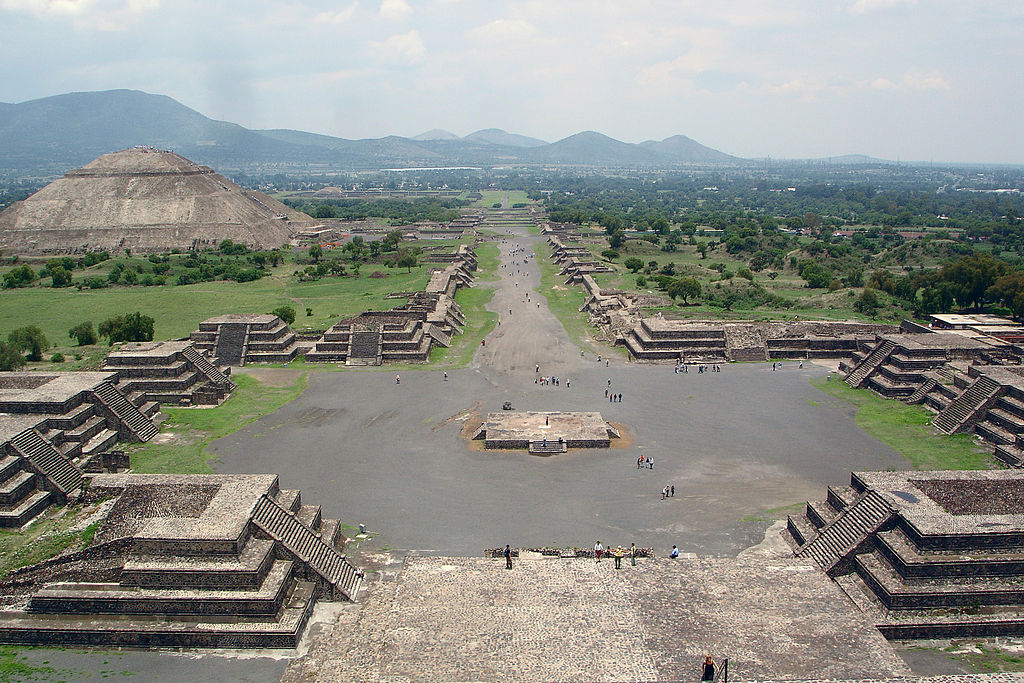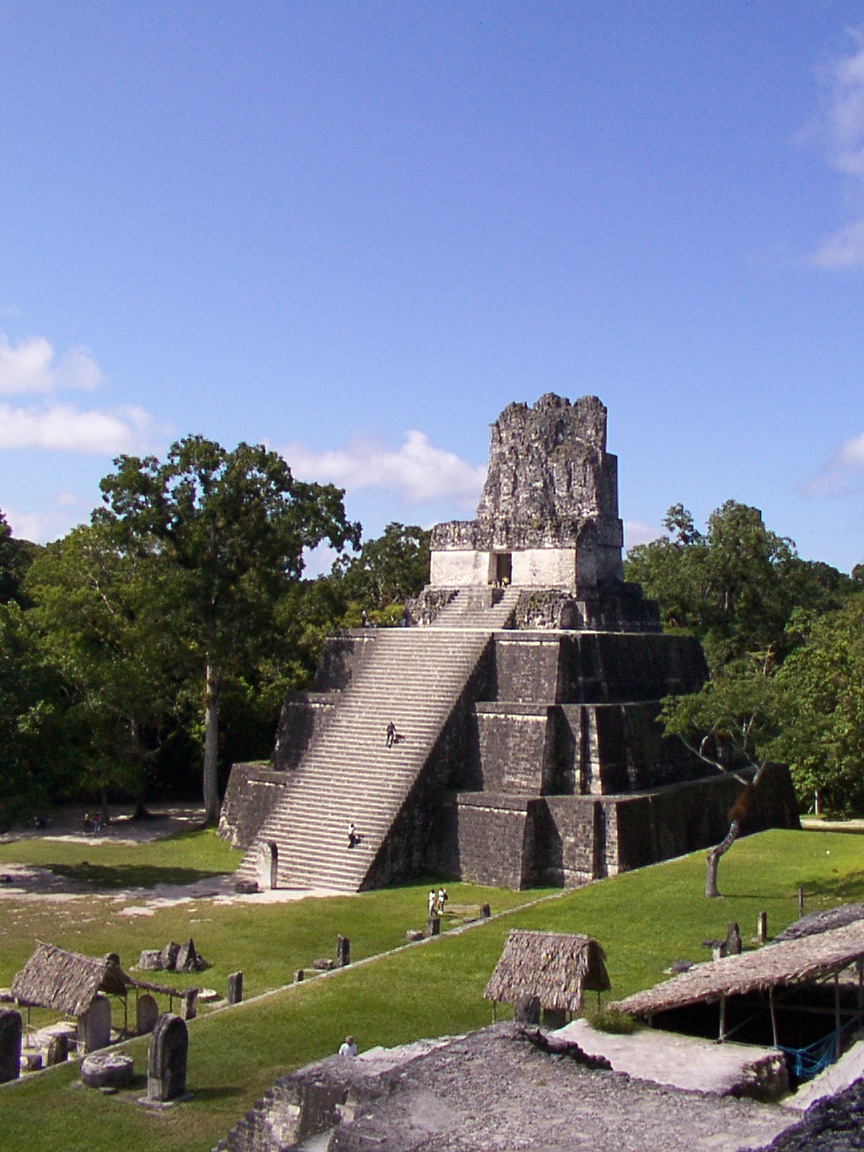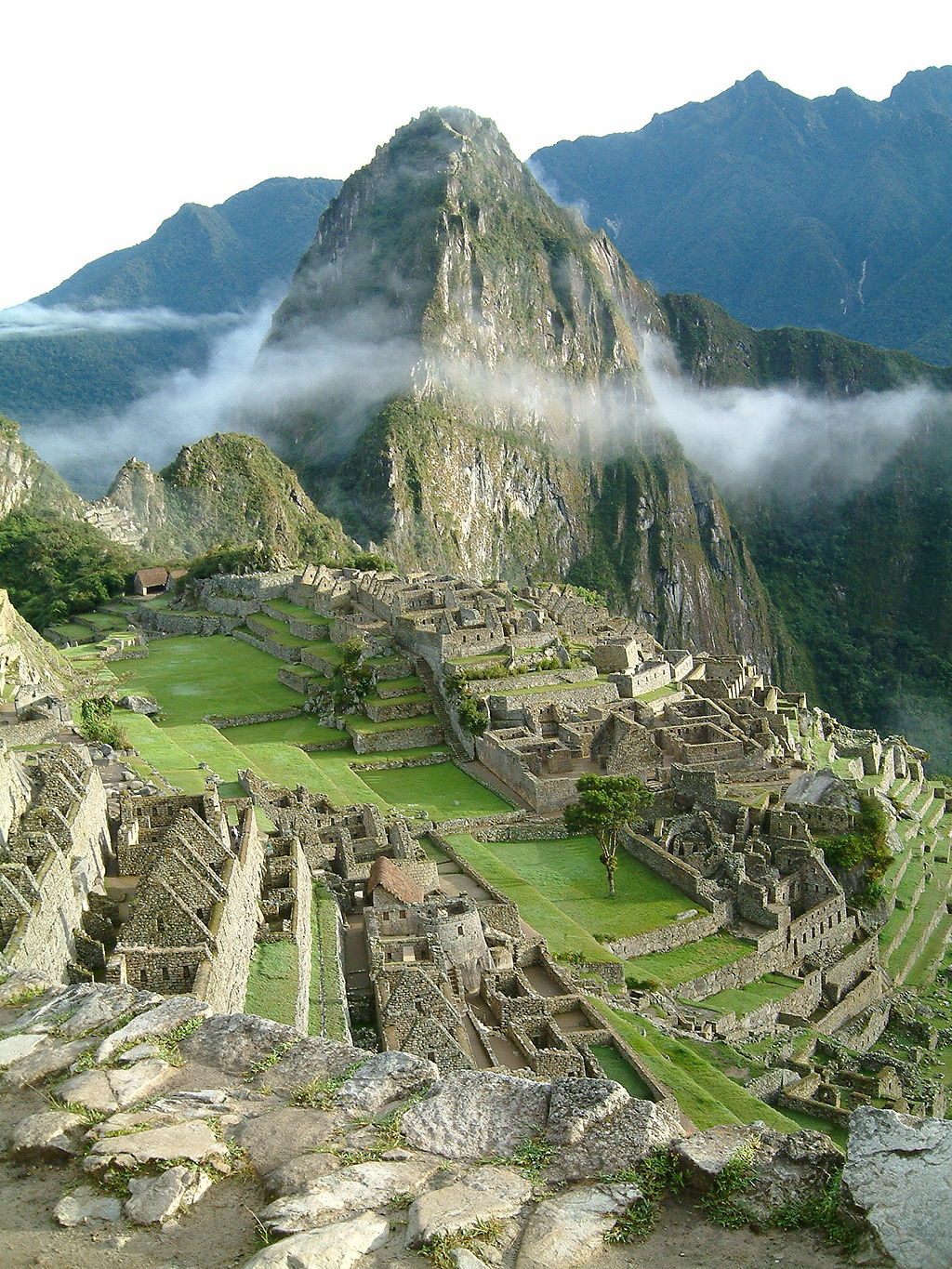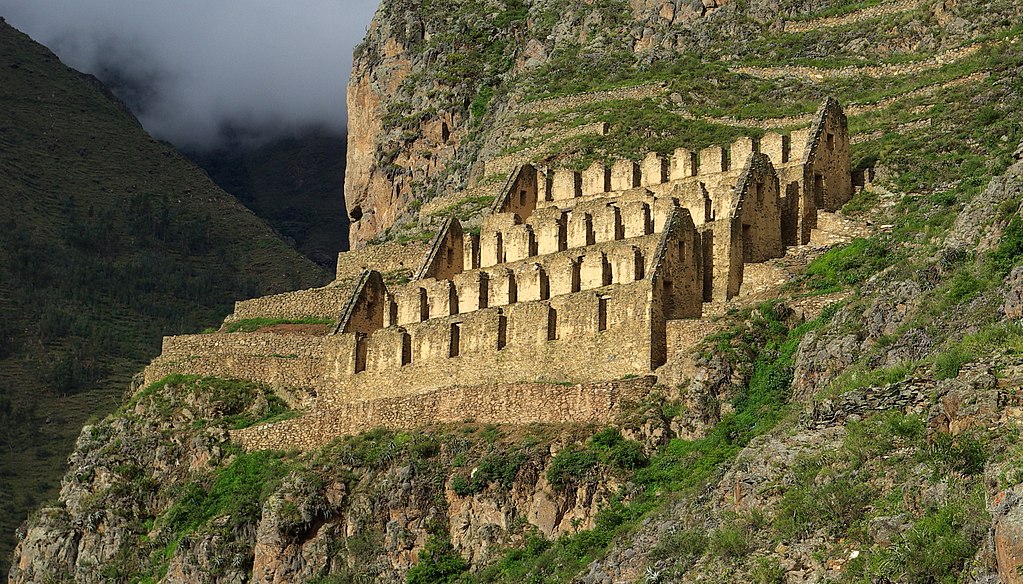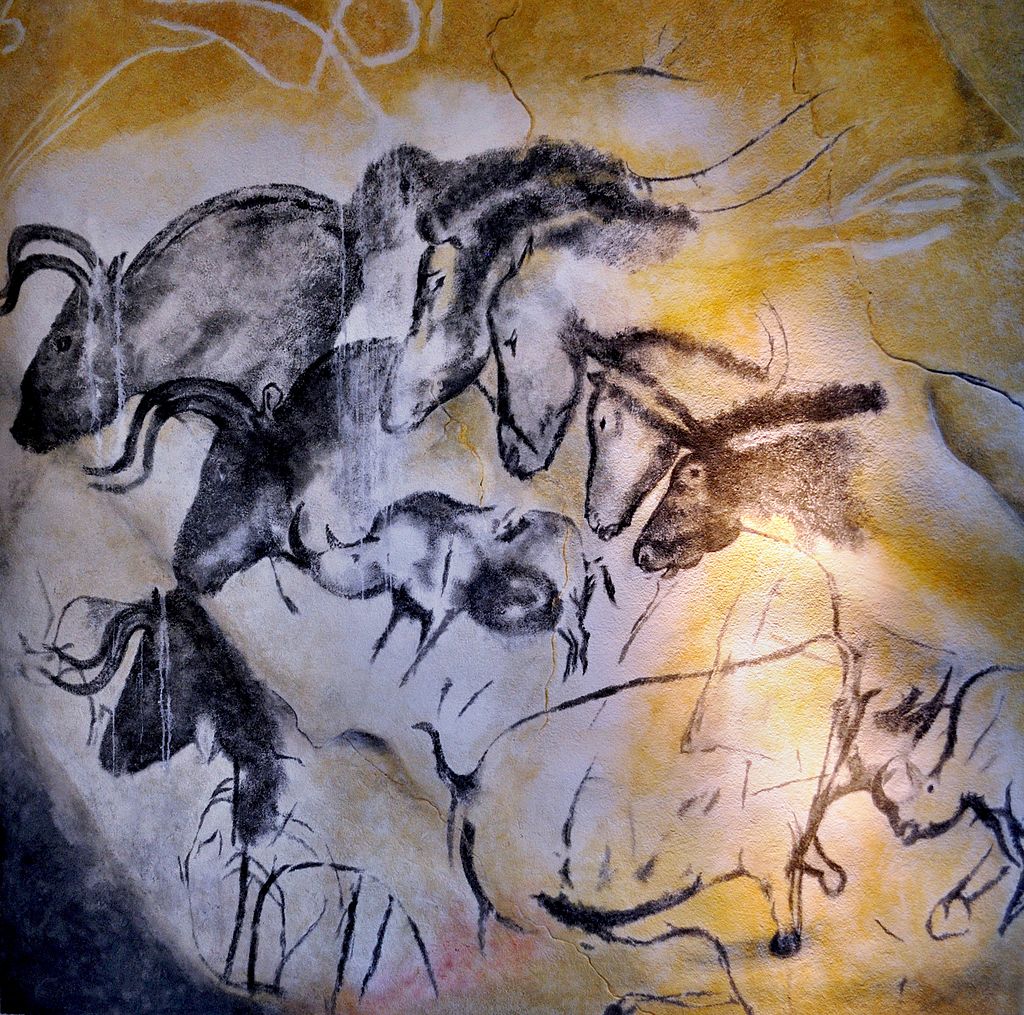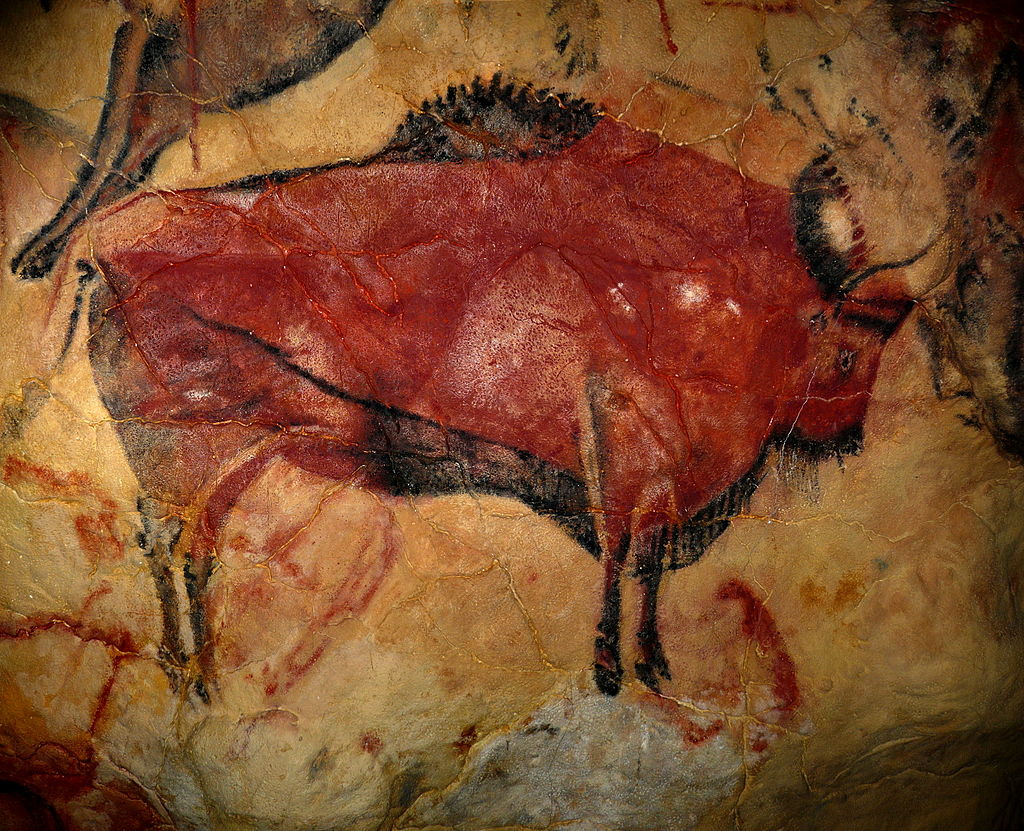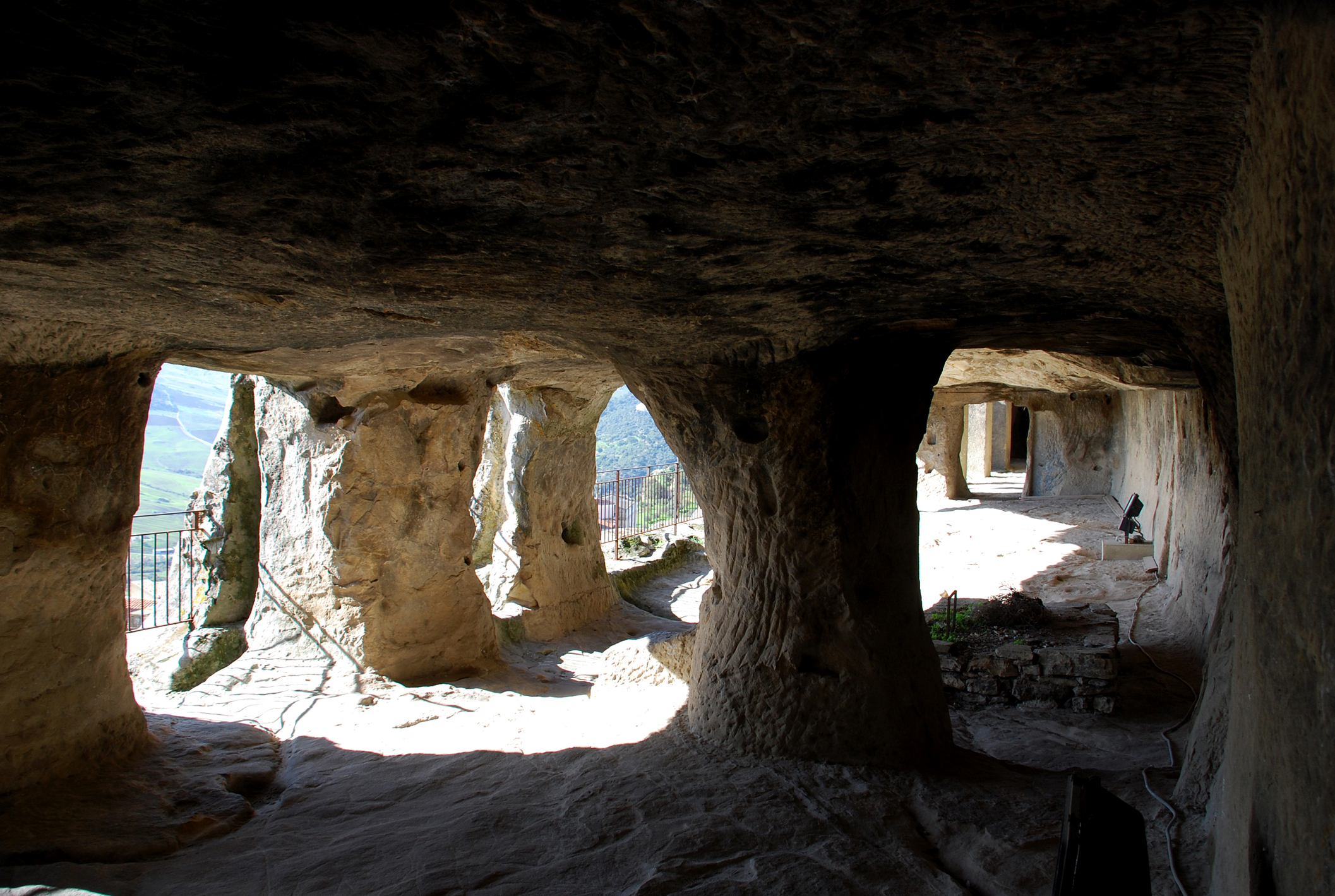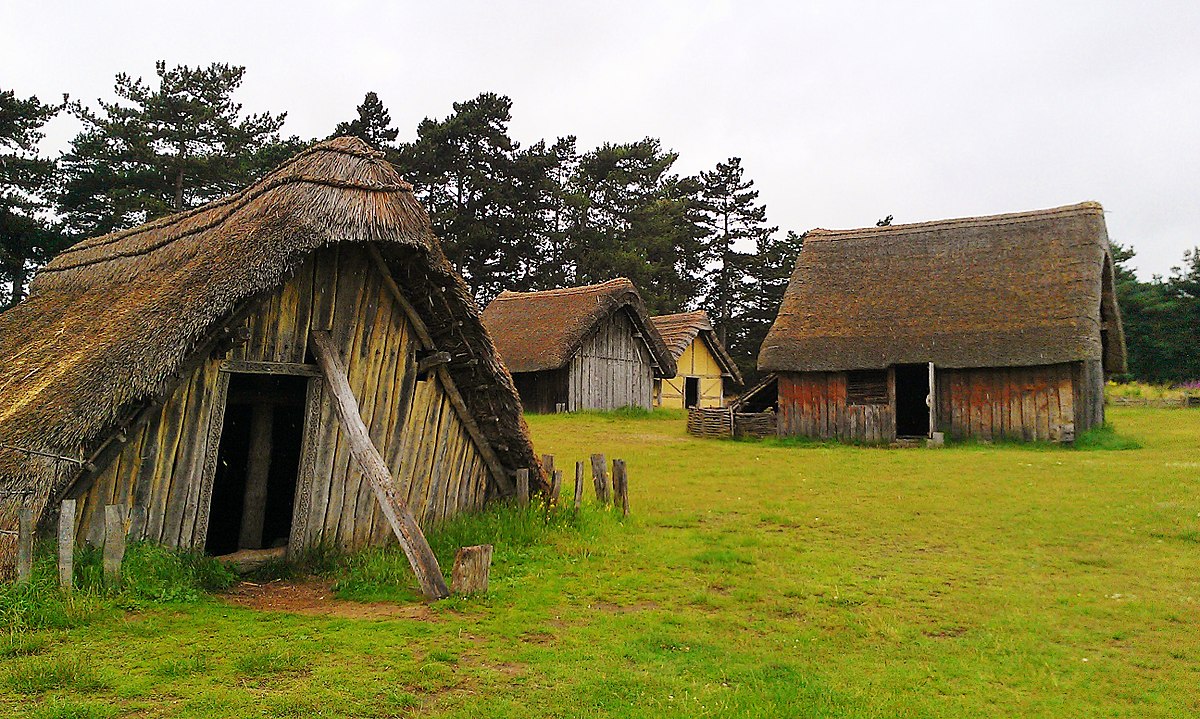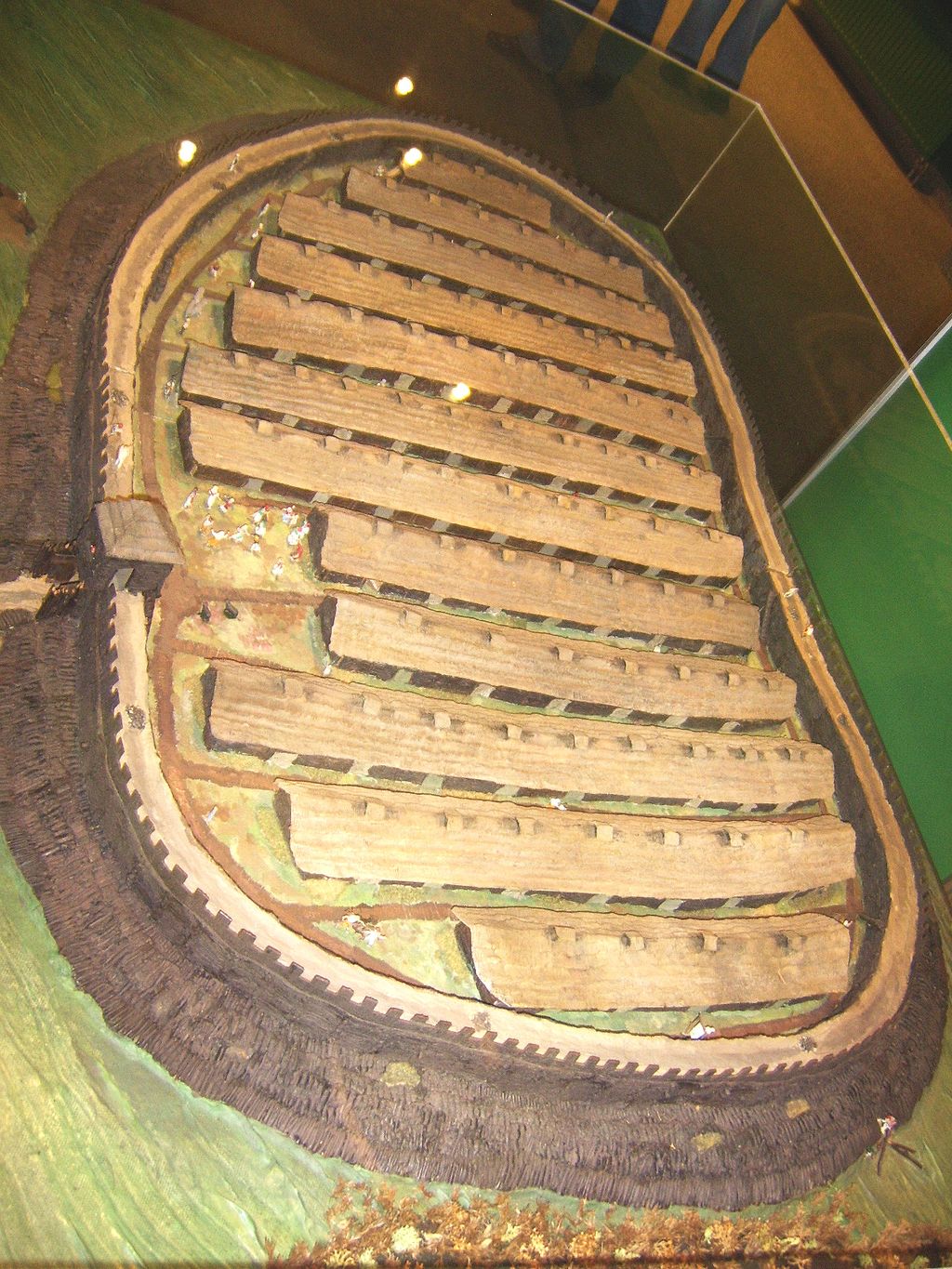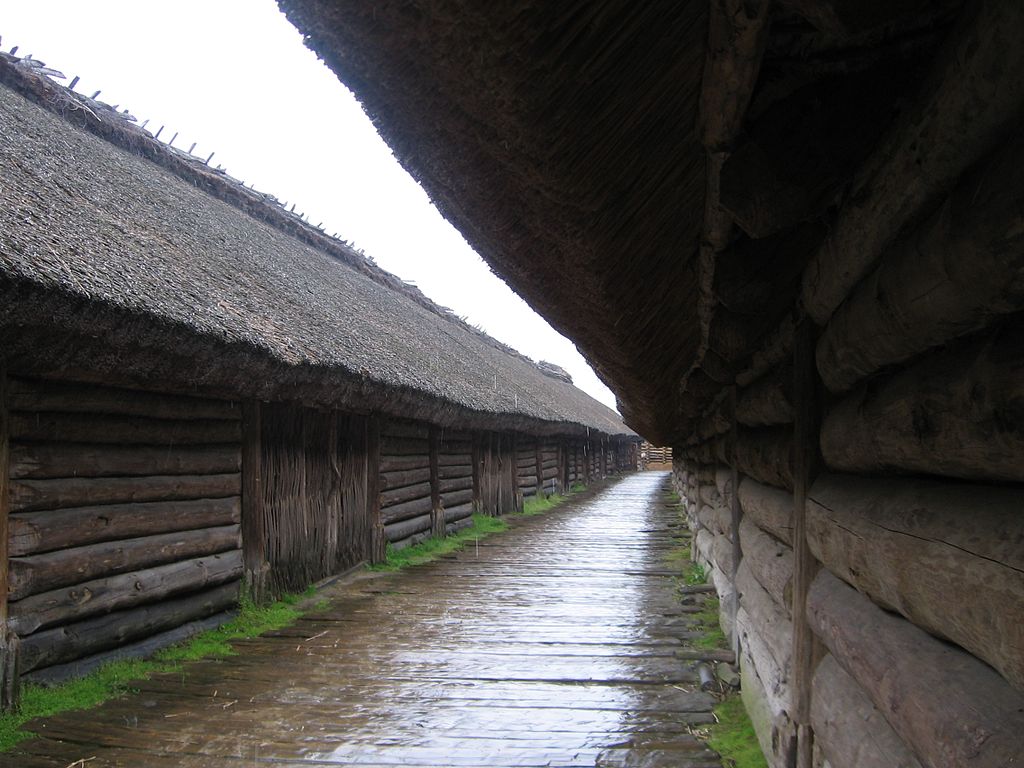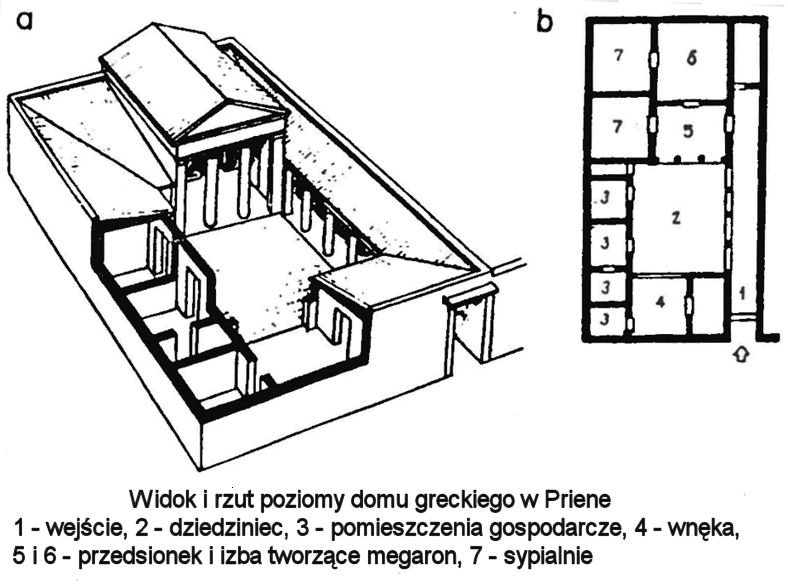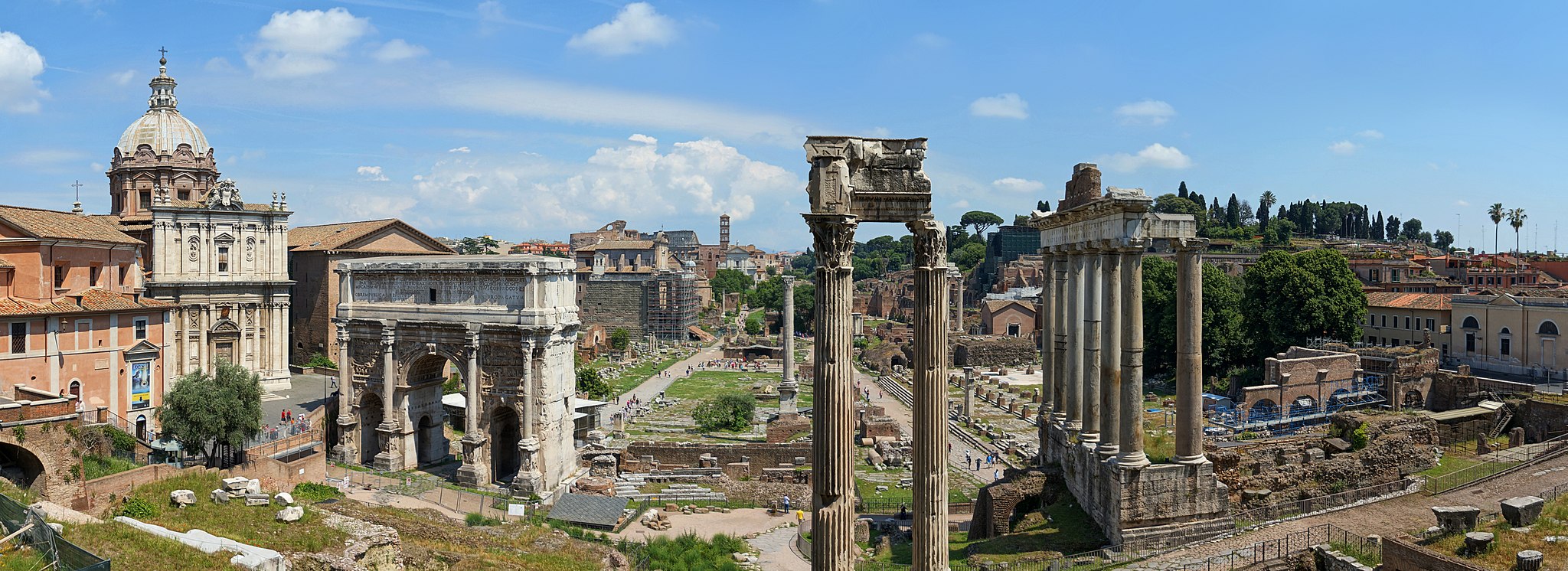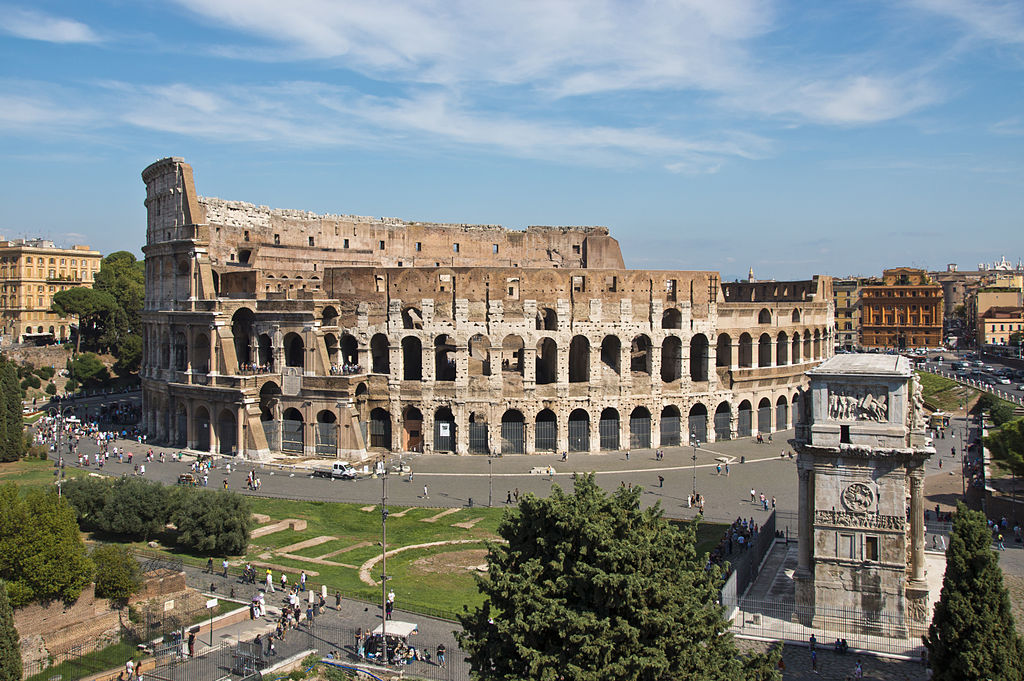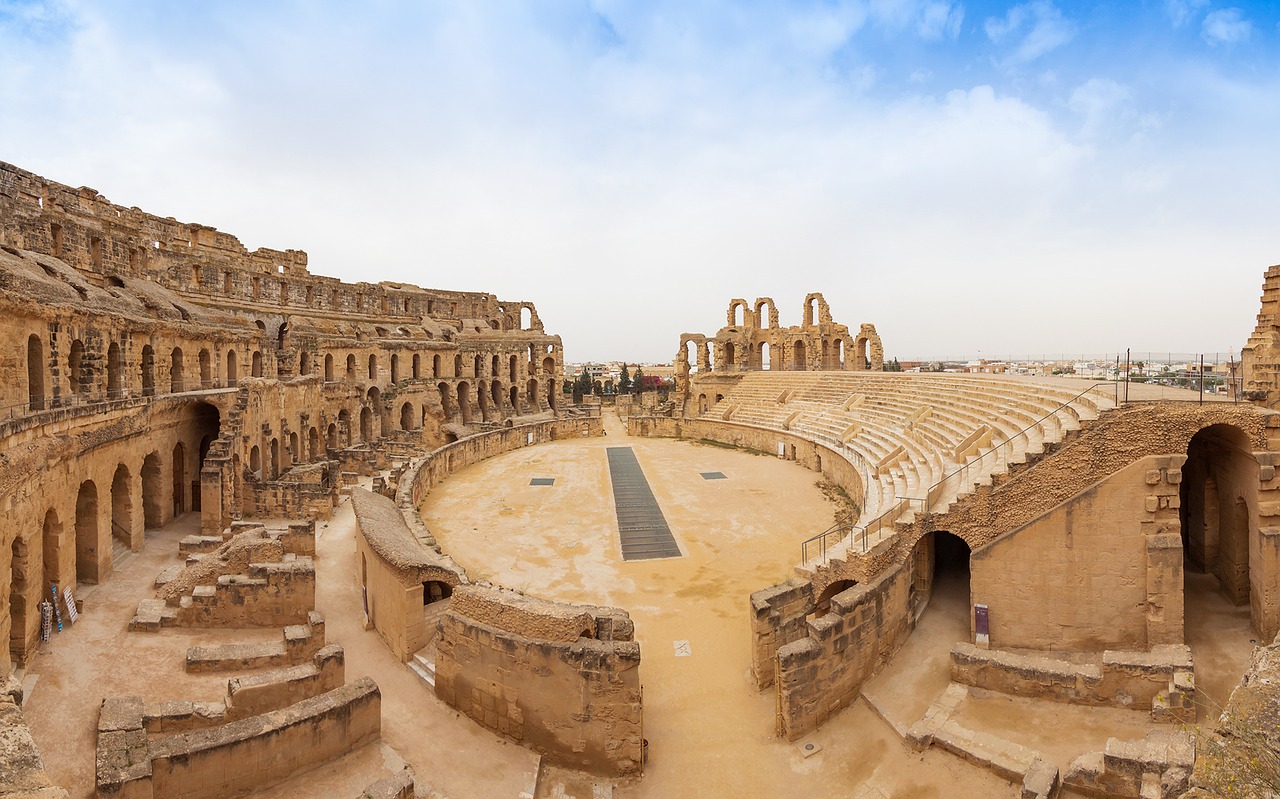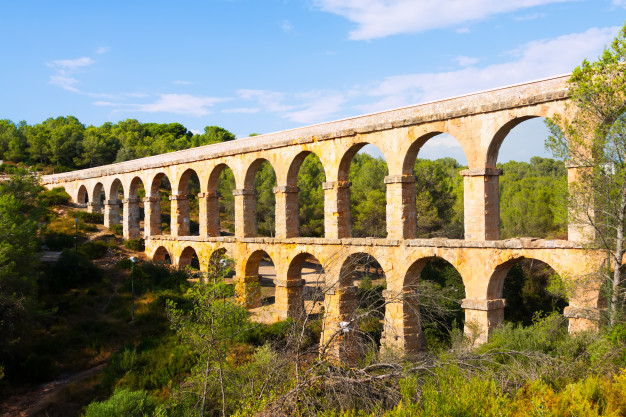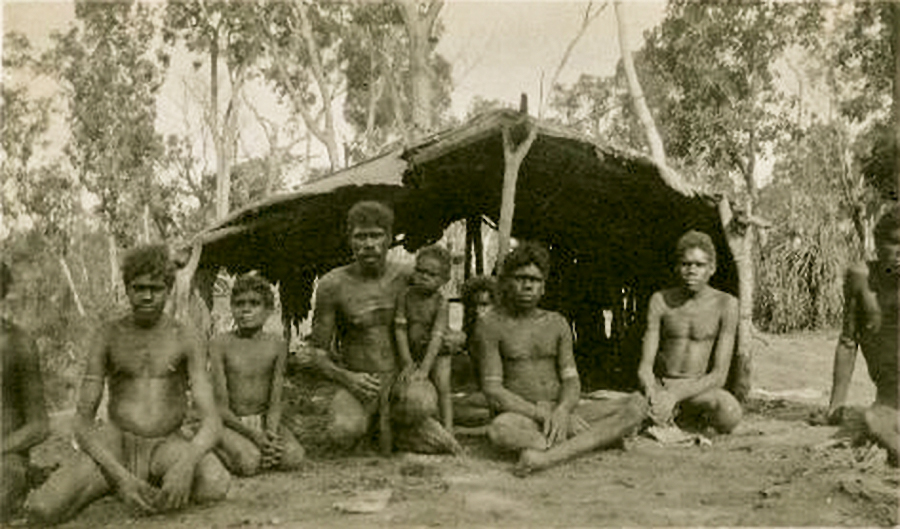
The history of construction goes back thousands of years BC. Archaeologists keep finding more caves - places where people lived in those distant times. They provided shelter from danger, bad weather and heat. People ate animals they hunted, plants and fruit. They led a nomadic lifestyle (they wandered to hunt and find food). Over time, they began to cultivate fields and settled in one place. At that time, they lived in dugouts (partially dug pits in the ground, covered with a plant roof) or in houses carved in rock or made of clay. They used primitive tools to work stone and wood. There were more and more houses and people. Settlements, castles and cities were established. Cities grew, churches, castles, fortresses and defensive walls were built. People built from materials that were readily available. Some buildings are in good condition and are still in use today, others are a tourist attraction, and others were so fragile that we only know them from photographs and drawings, as in the case of Native American homes in North America and Aborigine homes in Australia.



